#John Collin
Explore tagged Tumblr posts
Text










Tess (1979) Roman Polanski
December 31st 2024
#tess#1979#roman polanski#nastassja kinski#peter firth#leigh lawson#john collin#rosemary martin#suzanna hamilton
7 notes
·
View notes
Text
youtube
Tem no youtube: Sob Fogo Cruzado (The Last Escape, 1970)
#The Last Escape#70's movies#Walter Grauman#war movies#Stuart Whitman#John Collin#Martin Jarvis#Margit Saad#Harald Dietl#Pinkas Braun#Patrick Jordan#Johnny Briggs#Gerd Vespermann#Youtube
2 notes
·
View notes
Text
Actually the reason why we never saw Bobby and John interact is because Bobby would’ve beat the shit out of John on the spot.
#they should’ve let Bobby hit John at least once as a little treat#supernatural#spn#spn text post#dean winchester#sam winchester#bobby singer#john winchester#castiel#jensen ackles#jared padalecki#misha collins
4K notes
·
View notes
Text
TESS:
A shy peasant girl
Lives with wealthy relatives
Juggles two suitors
youtube
#tess#random richards#poem#haiku#poetry#haiku poem#poets on tumblr#haiku poetry#haiku form#poetic#criterion collection#criterion channel#natassja kinski#peter firth#Leigh Lawson#John Collin#roman polanski#thomas hardy#Gerard brach#John brownjohn#academy award winner#best cinematography#Geoffrey unsworth#Ghislain Cloquet#Best art direction#best costume design#anthony powell#academy award nominee#best picture#best director
0 notes
Text




Normal Sherlock and Watson
Medical Sherlock and Watson
Horror Sherlock and Watson
Supernatural Sherlock and Watson
And last but not least, lo and behold
Biblical Sherlock and Watson

(Honorably mention to merlin and King Arthur, the medieval Sherlock and watson)
#sherlock holmes#bbc sherlock#sherlock fandom#sherlock x john#sherlock fanfic#arthur conan doyle#house md#gregory house#house x wilson#james wilson#dean winchester#dean x castiel#deancas#supernatural#hannibal#hannigram#hannibal lecter#will graham#crowley#aziraphale#good omens#crowley x aziraphale#michael sheen#david tennant#jensen ackles#misha collins#mads mikkelsen#hugh dancy#hugh laurie#robert sean leonard
2K notes
·
View notes
Text
"OUR MUTUAL FRIEND" (1976) Review

"OUR MUTUAL FRIEND" (1976) Review
I have a curious history with the 1998 adaptation of Charles Dickens' 1864-65 novel, "Our Mutual Friend". I had a lukewarm reaction to it when I first saw it. Following two re-watches of the miniseries, I became a major fan of it. So, when I discovered there had been an earlier adaptation of the novel, I did not hesitate to watch it. My efforts to view the 1976 miniseries, "OUR MUTUAL FRIEND" proved to be difficult, due more to availability reasons. But I finally managed to achieve it in the end.
Whether you are familiar with Dickens' tale or not, "OUR MUTUAL FRIEND" centered around the "death" of the heir to a fortune inherited from his father, a former collector from London's rubbish. The story begins with a solicitor named Mortimer Lightwood, who narrates the circumstances of the death of his client, a former dustman named Mr. Harmon, who collected London's rubbish, to his aunt and other guests at a society dinner. The terms of Old Harmon's will stipulated that his fortune should go to his estranged son John, who had returned to Britain after years spent abroad. John can inherit his father's fortune on the condition that he marry a woman he has never met, Miss Bella Wilfer. However, a Thames River waterman named Gaffar Hexam and his daughter Lizzie discover a corpse in the river with papers identifying the latter as John Harmon. When Mortimer learns of this death, he and his close friend Eugene Wrayburn head toward the river to identify the body. These events led to the following subplots:
*John Harmon fakes his death and assumes the identity of John Rokesmith, the Boffins' social secretary, in order to ascertain Bella Wilfer's character. John had recruited a sailor to impersonate him, but the latter betrayed him by drugging and later, robbing him. However, the sailor was later betrayed by others who not only robbed him, but also murdered him. The Hexams had discovered the sailor's body.
*Old Mr. Harmon's employees, Nicodemus and Henrietta Boffin inherit the Harmon fortune and take in Bella Wilfer as a ward to compensate for her loss, following John's "death".
*Gaffer Hexam's embittered former partner, Roger "Rogue" Riderhood falsely accused Hexam of murdering "Harmon".
*While accompanying his friend, Mortimer Lightwood, to identify Harmon's body, Eugene Wrayburn meets and falls in love with Hexam's daughter, Lizzie.
*Charley Hexam, Lizzie's younger brother, has a headmaster named Bradley Headstone, who becomes romantically and violently obsessed with Lizzie.
*Mr. Boffin hires a ballad-seller with a wooden leg named Silas Wegg to read for him. When he finds another will of Old Harmon's in the dust, he schemes with a taxidermist named Mr. Venus to blackmail his newly rich employer.
One of the reasons I had such difficulties in embracing the 1998 version of "OUR MUTUAL FRIEND" was the complex nature of the narrative. The story began with the death of the fake John Harmon and the latter's deception and spiraled out into different subplots. Years ago, I had made the mistake of assuming that most of these subplots had no connection whatsoever. Following my other viewings of the 1998 miniseries and this production, I now realize that the subplots had three major connections - money, class and John Harmon. Nearly every subplot had something to do with money, class or both. As for John Harmon . . . I found myself pondering on the fates of the main characters if John had not made that decision to recruit that sailor into his deception regarding his identity. Perhaps some of the subplots would have panned out - John and Bella's marriage (if he had agreed to the terms of his father's will), Charley Hexam's education, Lizzie Hexam's introduction to Bradley Headstone and her subsequent rejection of his marriage proposal. But there are some - Lizzie meeting Eugene Wrayburn, Eugene and Bradley's conflict, and Silas Wegg's attempt to blackmail Boffin - definitely would not have happened if John had not engaged in any deception on his part. Nearly the entire story seemed to be a case of "the Six Degrees of John Harmon".
One story arc from the novel seemed to be missing in this series - namely the attempt made by elite, yet impoverished newlyweds Alfred and Sophronia Lammle to befriend and scam a young heiress named Georgiana Podsnap. I can understand why the screenwriters had never included this arc into the miniseries, considering that the Lammles and Miss Podsnap had no connection to John Harmon, whatsoever. But apparently, the screenwriters had decided to delete them altogether, unlike screenwriter Sandy Welch, who had used the Lammles to go after Mr. Boffin in the 1998 adapation.
And how did "OUR MUTUAL FRIENDS" handled the narrative's multi-arcs? I thought director Peter Hammond, along with screenwriters Julia Jones and Donald Churchill managed to handle them quite well. Despite the various arcs being scattered to winds, all three managed to convey how they all connected in the end. My only complaint was how the director and the writers introduced the various arcs. I noticed that they mystery surrounding the discovery of John Harmon's body seemed to dominate the series' first episode, whereas the introductions of the Boffins and Bella Wilfer seemed to dominate the second. This seemed to give "OUR MUTUAL FRIEND"'s narrative a "paint-by-the-numbers" style in the miniseries' first third. From Episode Three and onward, Hammond, Jones and Churchill seemed to have no trouble juggling the various arcs within an episode.
But as much as I had enjoyed "OUR MUTUAL FRIEND", I have a few quibbles. Like a good number of BBC/ITV costume dramas between the 1950s and the 1980s, this production seemed to suffer from from the occasional slow pacing, due to Hammond shooting the miniseries more like a stage play. Granted, there were a few scenes that seemed avoid this fallacy, due to being filmed in an exterior setting - the Hexams' discovery of the fake John Harmon's body, Lizzie Hexam's discovery of the dying Betty Higden and Bradley Headstone's attack upon Eugene Wrayburn. But a good number of scenes - mainly those with interior settings and those that featured Silas Wegg and Mr. Venus' blackmail conspiracy - seemed to drag nearly forever, to the point that I found myself wondering if I was watching a televised stage play. I have one last complaint. The miniseries ended with the main characters briefly discussing Bradley Headstone's fate with a few words, not long after Eugene and Lizzie's marriage. As much as I had enjoyed this production, I found this ending rather abrupt and cold - quite disappointing, when I recall how the 1998 miniseries had ended.
As much as I had enjoyed many of the performances in the miniseries, there were the occasional bouts of hammy acting that left me wincing. For me, the biggest offenders proved to be Alfie Bass, Edmond Bennett, David Troughton, and Kathleen Harrison. Do not get me wrong. They all managed to convey their characters' personalities very well. But I believe they had indulged just a bit too much in stagey or hammy acting for my taste. But there were performances that I had actually enjoyed. Granted, performers like Leo McKern and Polly James, who portrayed Mr. Boffin and Jenny Wren respectively, had their moments of hammy acting. But I thought they managed to give first-rate performances in the long run, creating some memorable interpretations of their characters. However, the series featured some excellent supporting performances from the likes of Andrew Ray, Hilda Barry, John Collin, Ray Mort, Patricia Lawrence and Ronald Lacey.
The miniseries also featured some outstanding performances. They included John McInery as the intelligent, yet compassionate John Harmon; Lesley Dunlop, whose Lizzie Hexam managed to be warm and caring without any taint of treacly behavior; Jack Wild as Lizzie's eager and ambitious younger brother Charley Hexam; and Warren Clarke as Bradley Headstone, who managed to be both sympathetic, yet frightening at the same time. Yet, I believe the two best performances came from Nicholas Jones and Jane Seymour as Eugene Rayburn and Bella Wilfer. Jones gave a subtle, yet very complex performance as the roguish Eugene, who seemed torn by his love for Lizzie and his reluctance to pursue her honestly, due to her lower class. Seymour's portrayal of Bella struck me as equally complex, as she managed to convey her character's growing development from the mercenary and shallow girl to a warm, generous and yet spirited woman.
Aside from the opening shot of the Thames River for each episode, I must admit that I found myself unimpressed by Elmer Cossey's cinematography and Sam Barclay's lighting. Not only did I find the miniseries' visuals rather flat, but also a bit too dark. On the other hand, I thought Chris Pemsel's production designs pretty spot-on. I thought he did a competent job in re-creating mid-19th century London and England. I especially have to give praise to Robin Fraser-Paye's costume designs. I found his costumes - especially for female characters like Bella Wilfer, Lizzie Hexam, Mrs. Boffin and Jenny Wren - rather exquisite, as shown in the image below:
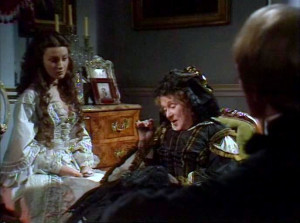
As for the hairstyles featured in "OUR MUTUAL FRIEND" . . . I have mixed feelings about them. I have no idea who the hairstylist was, but he or she did managed to come close in re-creating mid-19th century hairstyles. Only those worn by most of the younger female characters seemed to be loose curls or flowing curly hair in the style of those featured in many pre-Raphaelite paintings - especially by Lesley Dunlop and Polly James. Although such hairstyles were popular in mid-19th century art (especially in Britain), I have grave doubts that many women - or many young women between the 1840s and the 1860s wore their hair in such a manner.
Overall, I cannot deny that "OUR MUTUAL FRIEND" was a first-rate adaptation of Charles Dickens' 1864-1865 novel. Yes, I had a few issues that included the miniseries' photography, some writing decisions, a few over-the-top performances and the belief that I felt I was watching a filmed play. But despite these quibbles, "OUR MUTUAL FRIEND" also featured some top-notch performances from a cast led by John McInery and a screenplay by Julia Jones and Donald Churchill that did Dickens' novel proud.

#costume drama#period drama#period dramas#charles dickens#our mutual friend#our mutual friend 1976#victorian age#john mcinery#jane seymour#lesley dunlop#nicholas jones#warren clarke#leo mckern#polly james#andrew ray#ronald lacey#alfie bass#kathleen harrison#hilda barry#john collin#david troughton#ray mort#patricia lawrence#edmund bennett#peter hammond#john harmon#bbc drama#julia jones#donald churchill
1 note
·
View note
Text
Why Castiel’s character has so much depth:

#supernatural#dean winchester#dean x castiel#deancas#deanwinchester#destiel#jared padalecki#misha collins#misha fucking collins#j2#castielnovak#castiel#the winchester brothers#john winchster#john winchester#sam winchester#mary winchester#gabriel supernatural#crowley#crowley supernatural#Uriel#archangel uriel
2K notes
·
View notes
Text







Ermmmmmm hii
#malevolent#malevolent podcast#malevolent fanart#arthur lester#arthur lester malevolent#oscar malevolent#the butcher malevolent#dennis collins#noel malevolent#detective noel#charlie dowd#john doe malevolent#john doe#yellow malevolent#king in yellow#kayne malevolent#my art#fanart#artists on tumblr
1K notes
·
View notes
Text

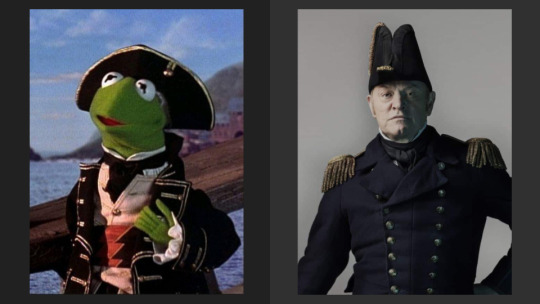



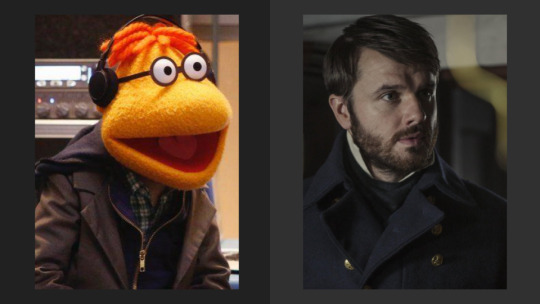






Jopson is the one human.
#the terror#james fitzjames#francis crozier#the terror amc#john franklin#edward little#george hodgeson#john irving#thomas blanky#stephen stanley#harry goodsir#cornelius hickey#william gibson#henry collins#the muppets#thomas jopson#the muppets cast#cold boys
1K notes
·
View notes
Text







menmenmenmen- cough I mean anatomy study🥰🥰
#me when……. podcast men……….#artists on tumblr#malevolent#malevolent podcast#malevolent fanart#john doe#john malevolent#arthur lester#oscar malevolent#detective noel#charlie dowd#the butcher malevolent#dennis collins#Kayne#kayne malevolent#peter yang#parker malevolent
2K notes
·
View notes
Text
just three years after john died, the sons he brutally raised like soldiers and taught to shoot first, ask questions later, straight up adopted a whole angel of the lord into family so completely that all of heaven and hell even knows he’s theirs.
even Mary when she came back got with the assignment and instantly decided Cas was ‘one of her boys’
john winchester would be rolling in his grave (not that we care)
#all they needed was to get John out of the way#winchesters are awesome when John is not in the room#supernatural#castiel#spn#destiel#dean winchester#misha collins#sam winchester#mary winchester
1K notes
·
View notes
Text
Malevolent as textposts
Arthur:



John:


Jarthur:


Noel:



Oscar:


Collins:

Kayne:

#to clarify the lgbt thing that happened to oscar was getting his arm chopped off#malevolent podcast#malevolent#arthur lester#john doe#jarthur#private eyes#detective noel#noel finley#charlie dowd#oscar malevolent#father oscar#dennis collins#the butcher malevolent#kayne malevolent#textposts
668 notes
·
View notes
Text


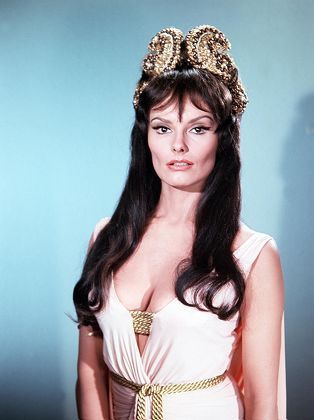

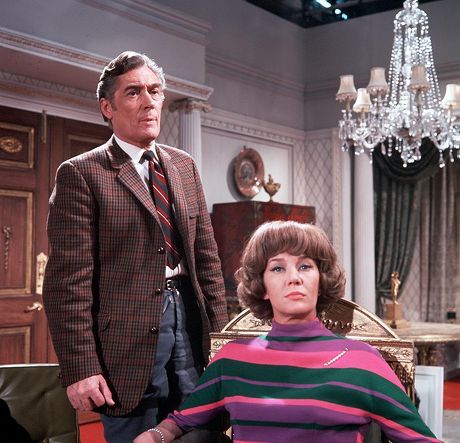
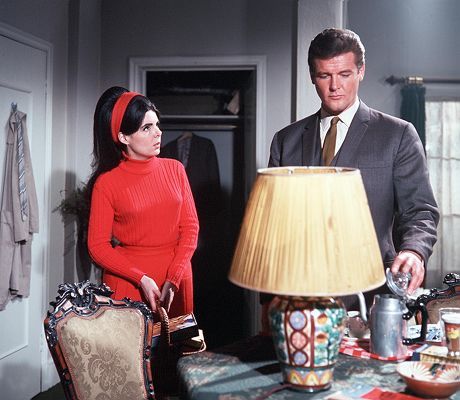
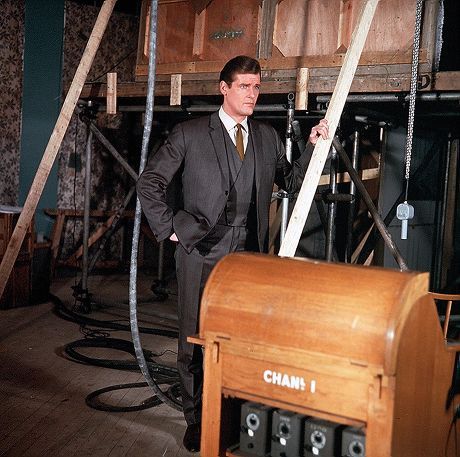
The Saint: Simon and Delilah (5.21, ITC, 1967)
"Put a cat among the pigeons and see who flies."
"Meaning?"
"Meaning this is an inside job. Somebody in the studio is behind it."
"Who?"
"I don't know. But you, uh, might spread the word around that I'm suspicious? Do a little snooping. See if you can uncover a few motives."
#the saint#simon and delilah#itc#1967#leslie charteris#scott forbes#roy ward baker#roger moore#ronald radd#lois maxwell#suzanne lloyd#guy rolfe#leon greene#david healy#patrick holt#john collin#peter birrel#ray chiarella#david nettheim#gino melvazzi#vicky hughes#ricardo montez#i suppose we were overdue another overtly comic outing. this is only slightly silly‚ and it's also one I've definitely seen before#we're in Rome on the set of a biblical epic (slightly outdated but realistic: peplum movies had been all the rage in Italy up until 65 when#they were superceded by the spaghetti western). Suzanne L is the diva film star (making her fifth Saint appearance!) opposite a dreadful#accented Leon Greene (perhaps why he was consistently dubbed by Hammer?). Greene's cowardly hunk star was purportedly based on Victor#Mature who'd starred in Samson and Delilah in 1949. Radd makes his second appearance‚ having guested back in 2.2 where like here he'd#played a movie studio exec (tho he's going more for laughs here than his repulsive blackmailer in the earlier ep). it's all quite slight#and quite frothy and there's no real danger for anyone at any point. oh also Lois Maxwell reappears‚ having played a wicked step mother at#the start of this season‚ here playing a glamorous Saint girl. that's range darling! and ofc she'd be Moore's Bond costar later on
5 notes
·
View notes
Text
MALEVOLENT ART DUMP‼️
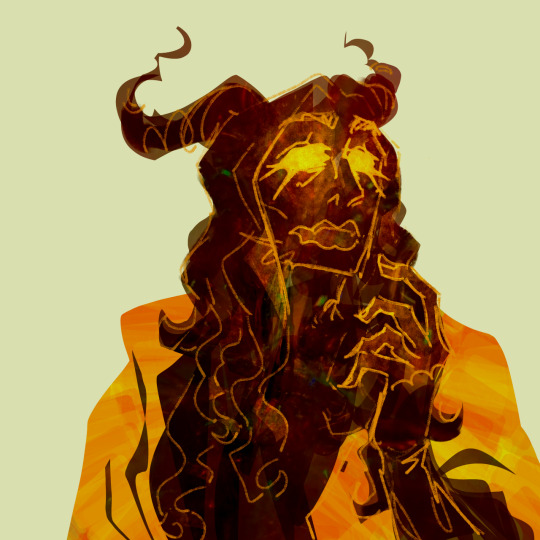
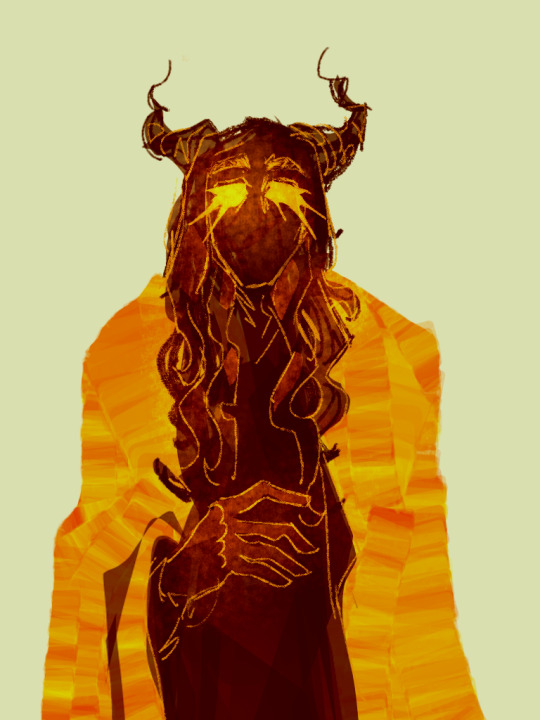
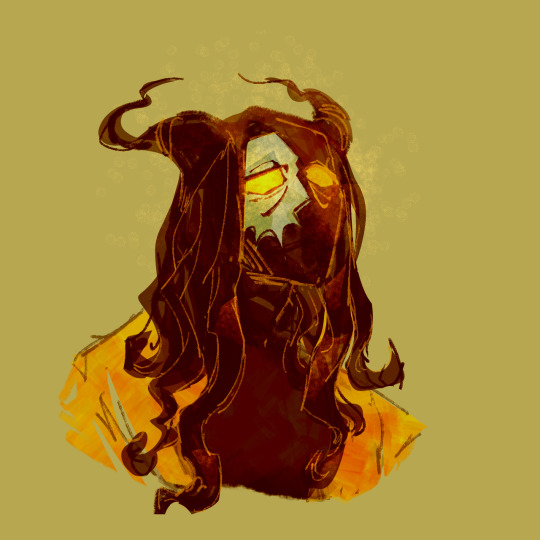
I really love drawing john if you havent noticed yet already
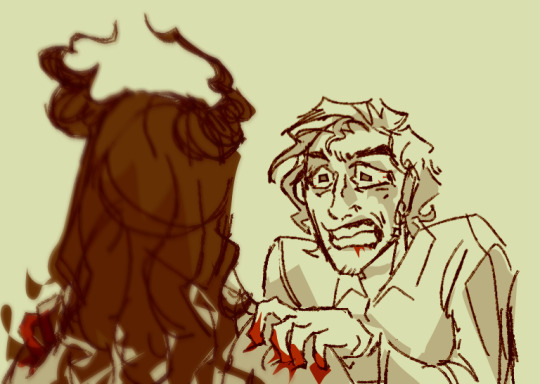
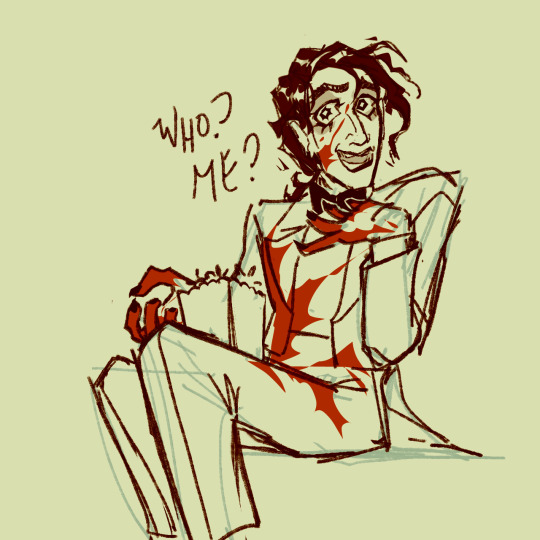
This pic above has to be my favorite
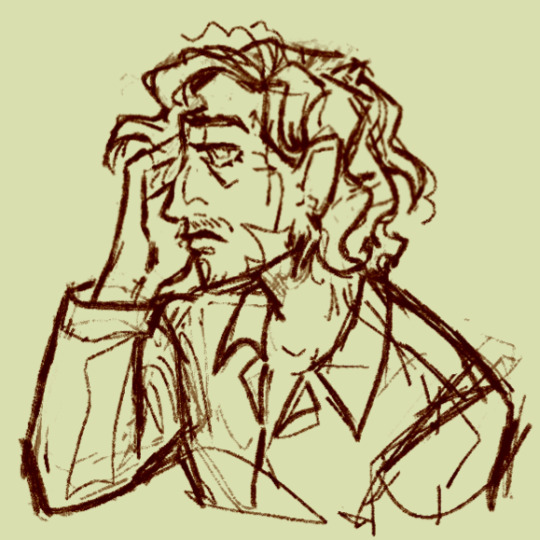
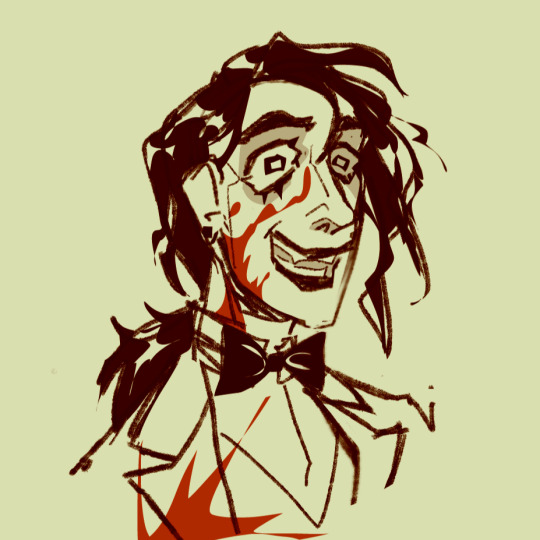
Kayne wearing paisley suit is soo him AUGHEHRUA im obsessed
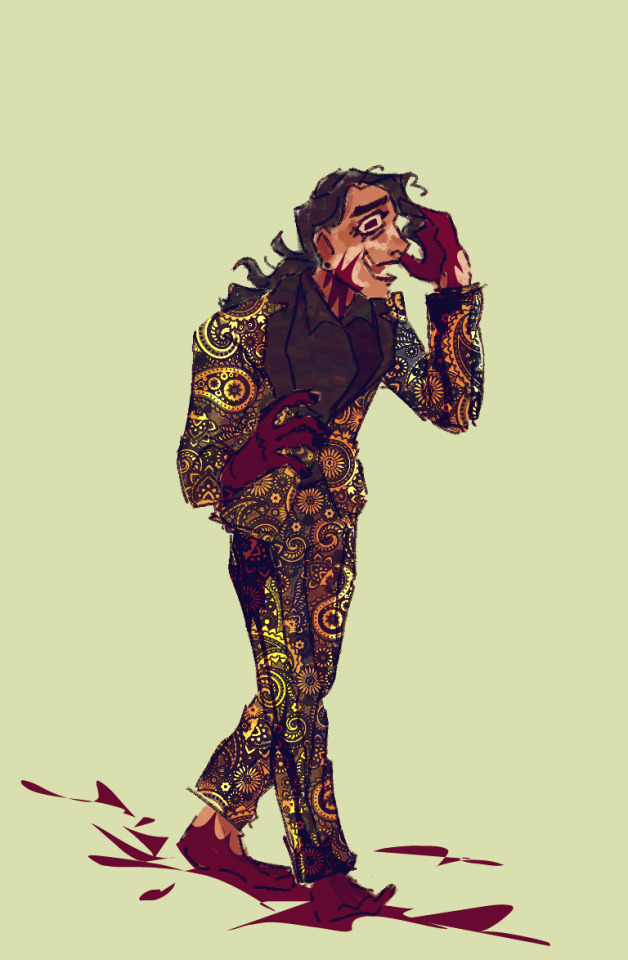
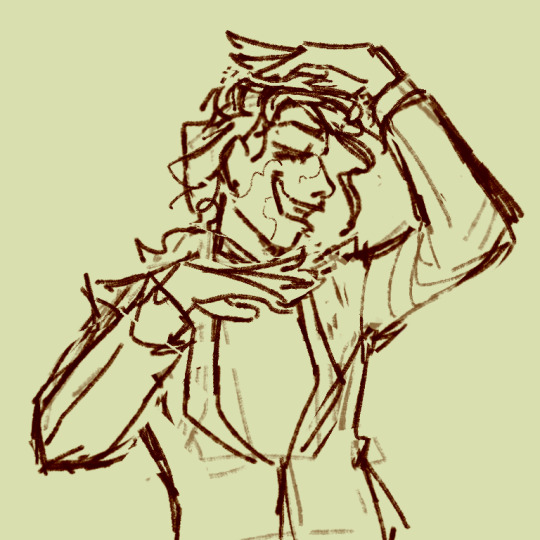
the Butcher guy bc hes also my favorite RAHHHHAURHWYRY
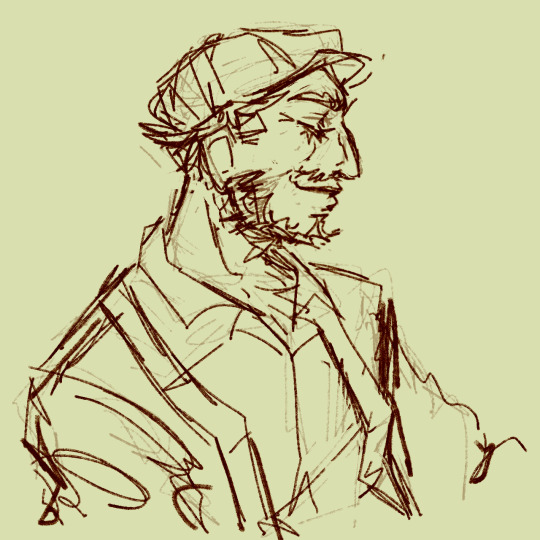
#LONG HAIR JOHN 😫😫😫#ohh boy i have so much malevolent art i havent finished HELP#malevolent#john doe malevolent#kayne malevolent#arthur lester#collins malevolent#the butcher#fanart#art dump#malevolent podcast#mxpaisleysketches
2K notes
·
View notes
Text
I do hate when people say that dean was so in the closet that even he didn't know he was gay. Like, it's so much more intriguing and interesting and HEARTBREAKING, even just on a narrative level, if, the whole time, he KNOWS. He knows and he knows and he knows and that knowledge is CRUSHING him. He is drowning but he can't let go of the rock holding him underneath the water because he is so, So fucking scared. He knows, he HAS known, his ENTIRE fucking life, that he is supposed to be one thing and one thing only: The Son Of John Winchester. And The Son Of John Winchester is a good little soldier who falls in fucking line. The Son Of John Winchester does as he is told. The Son Of John Winchester comes when he is called, and he loves beer, and cars, and guns, and women- and most of fucking all, The Son Of John Winchester is not. Fucking. Gay. But god, oh fuck: He is. And that's killing him all over again.
#dean winchester#supernatural#spn#gay dean winchester#gay#castiel#deancas#destiel#lgbtq#lgbt pride#john winchester#homophobia#misha collins#jensen ackles
1K notes
·
View notes
Text



Malevolent sketches that went nowhere but I still like
824 notes
·
View notes